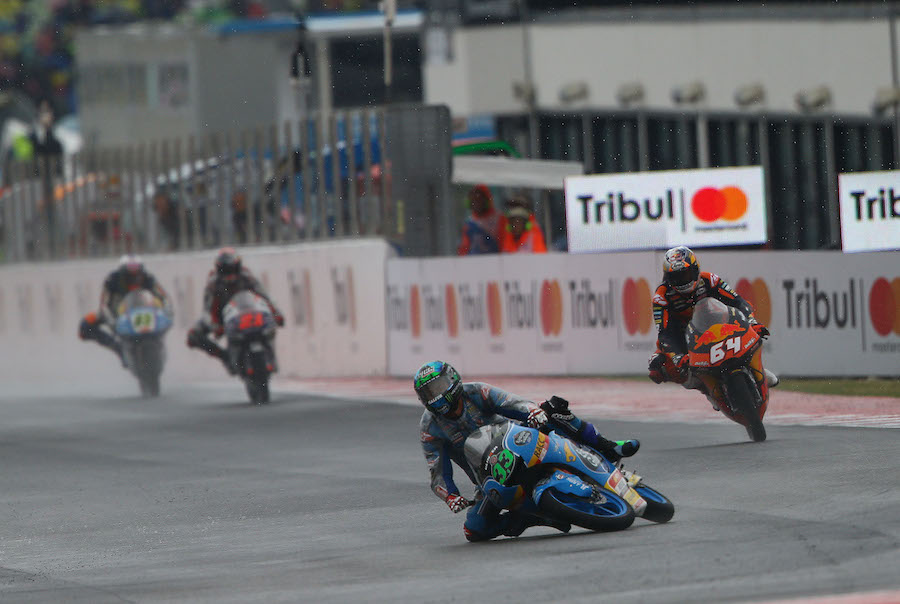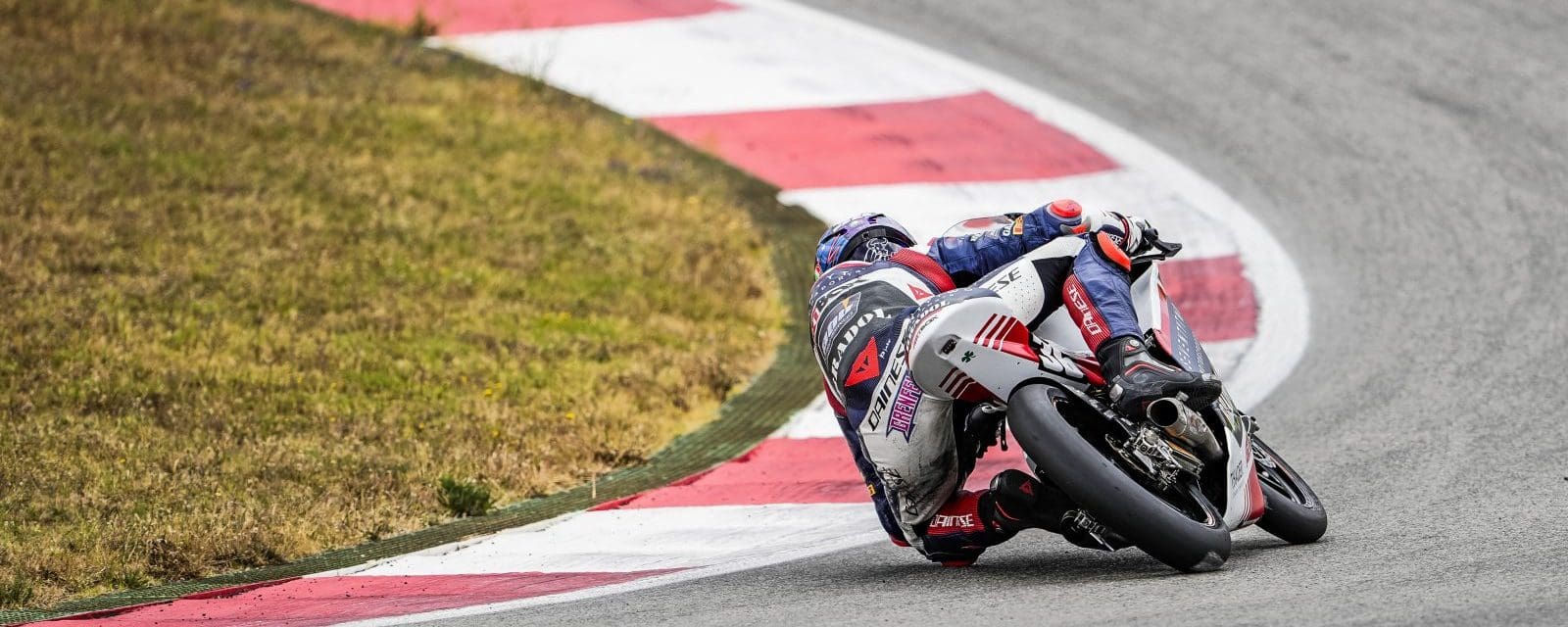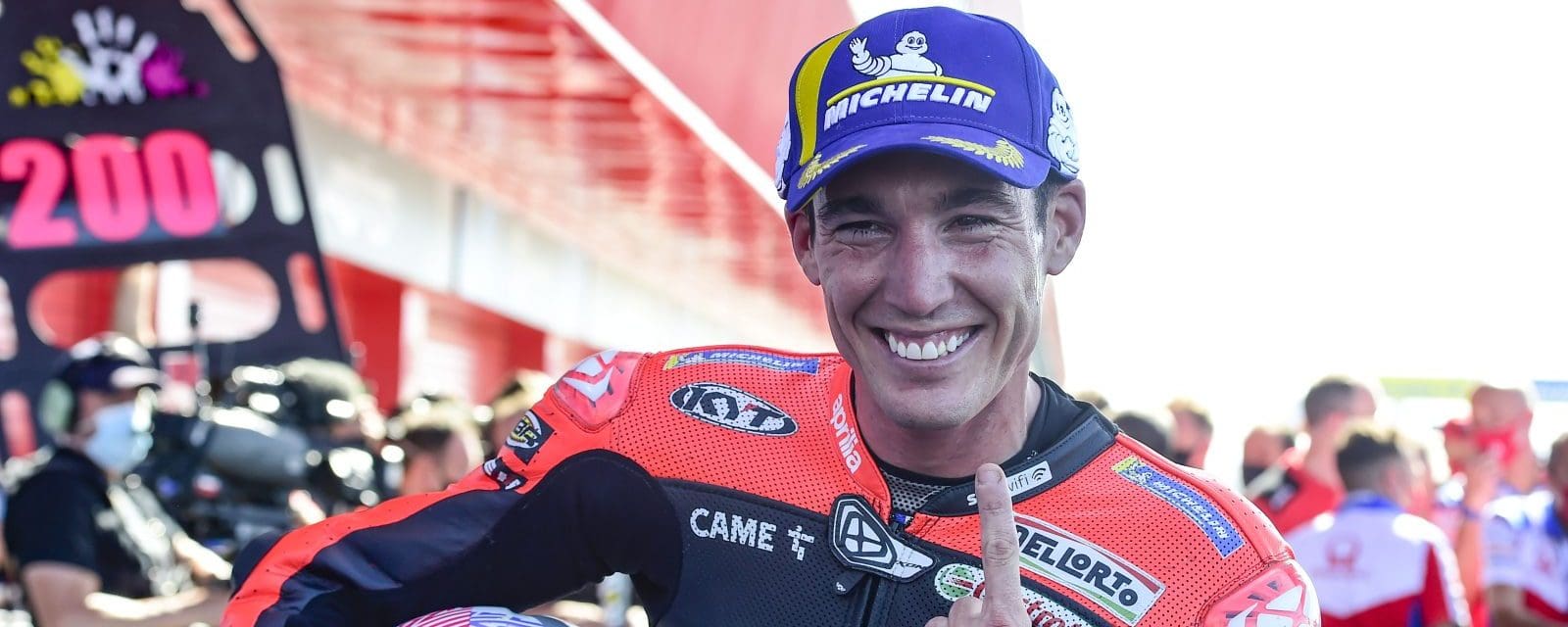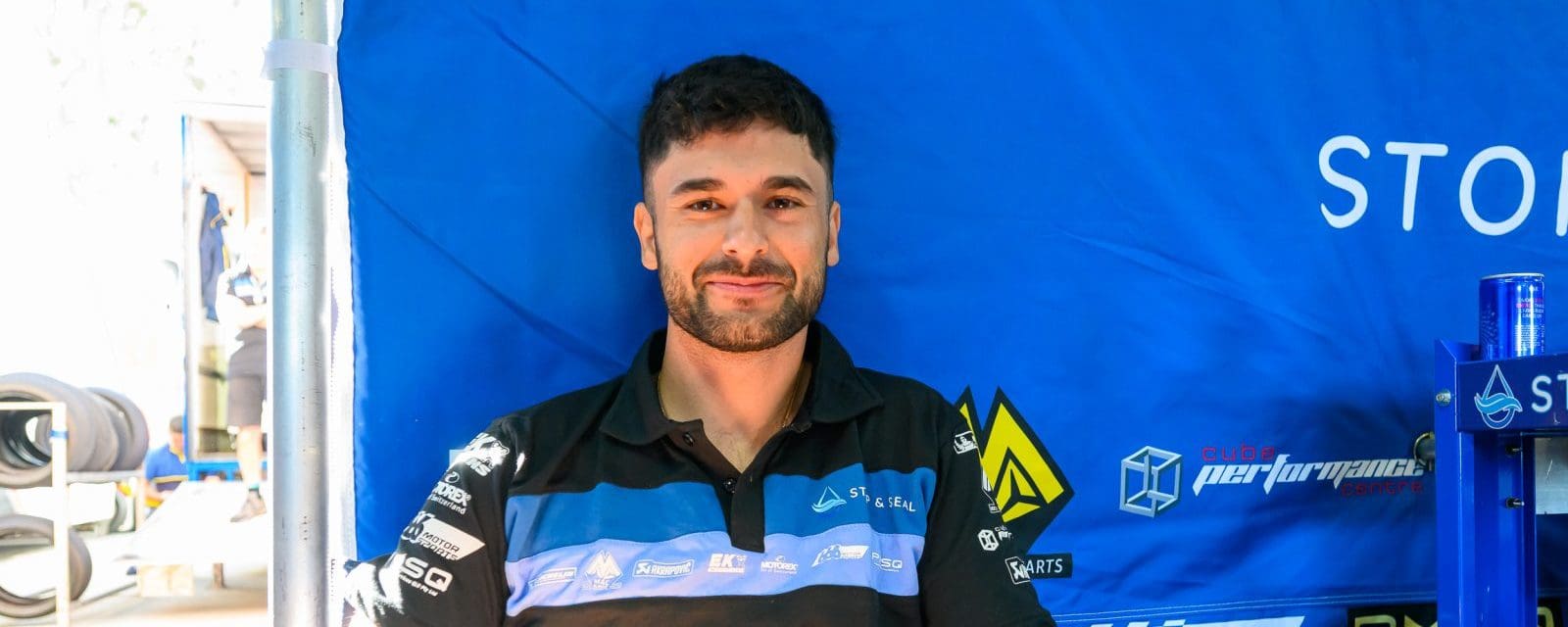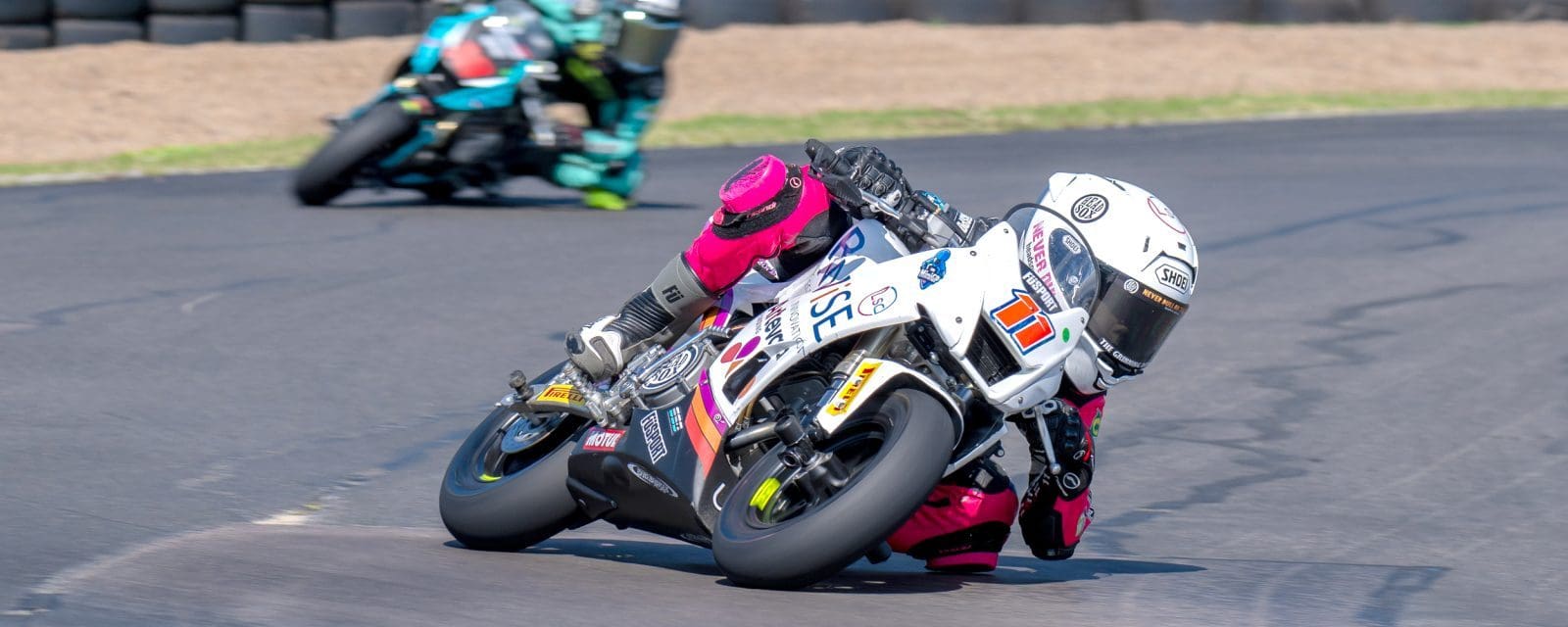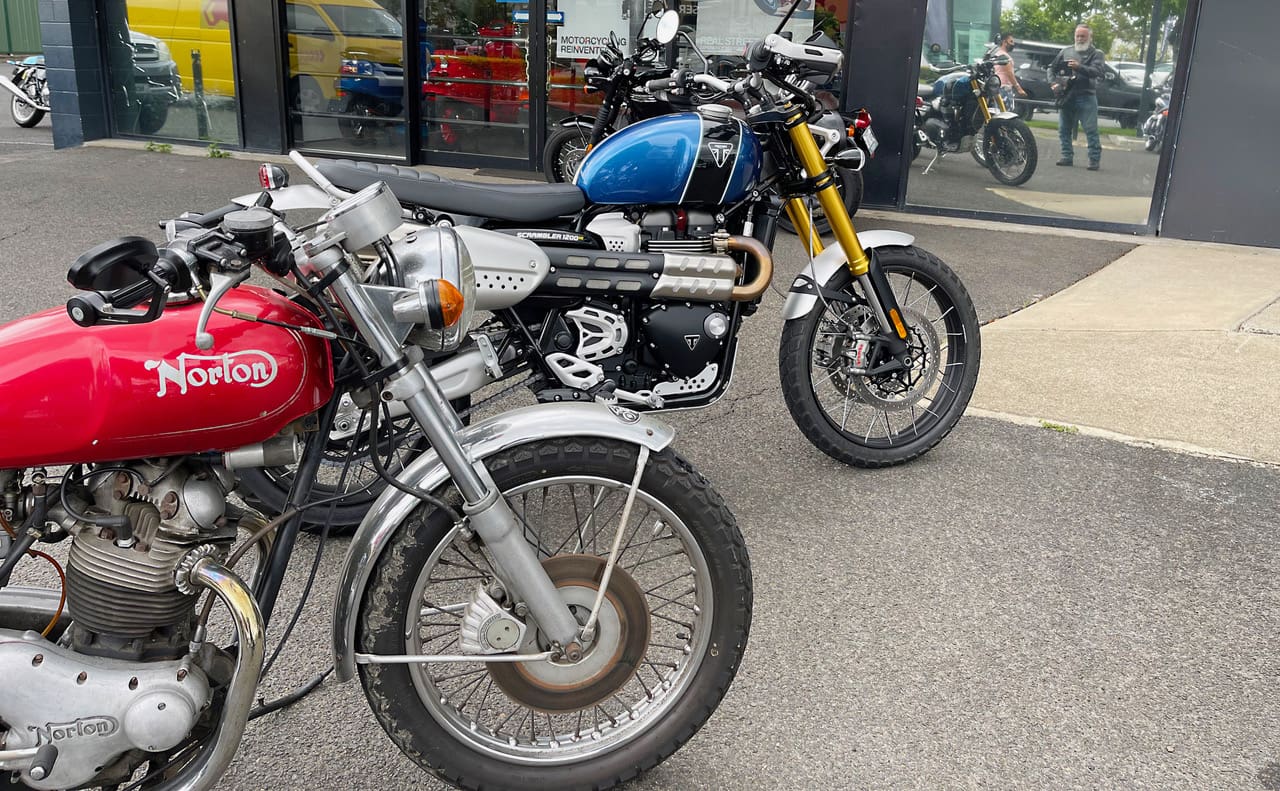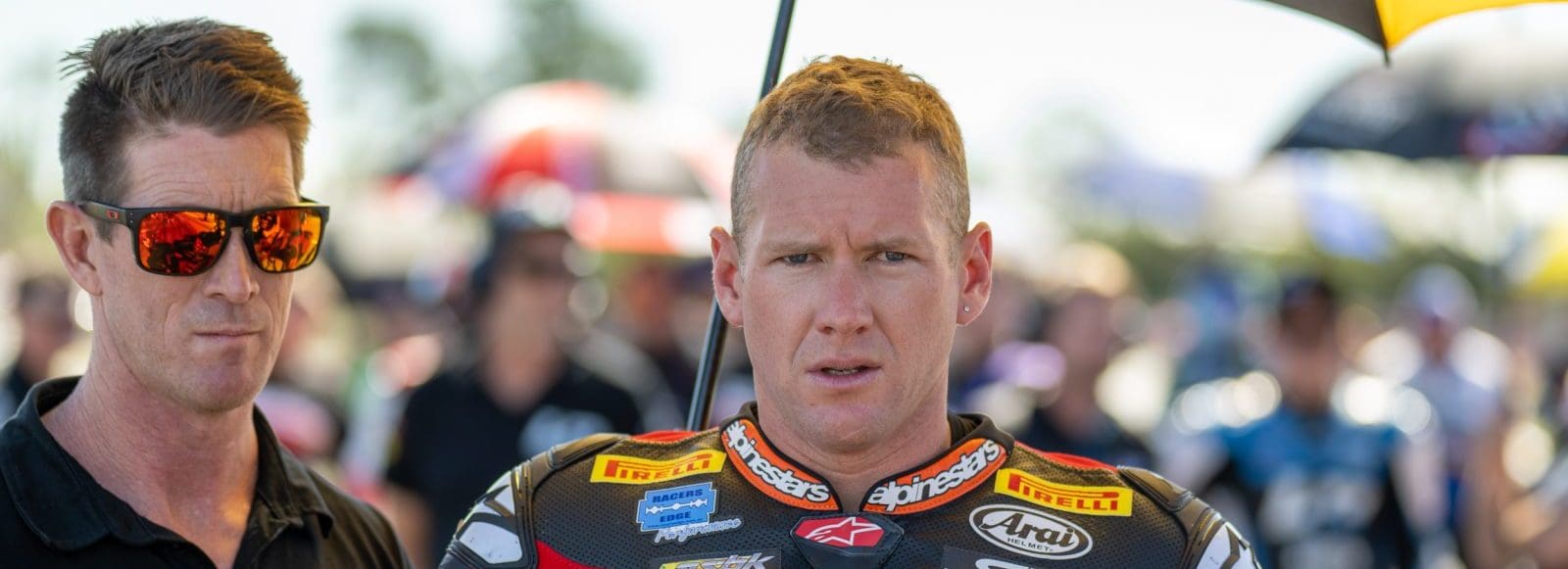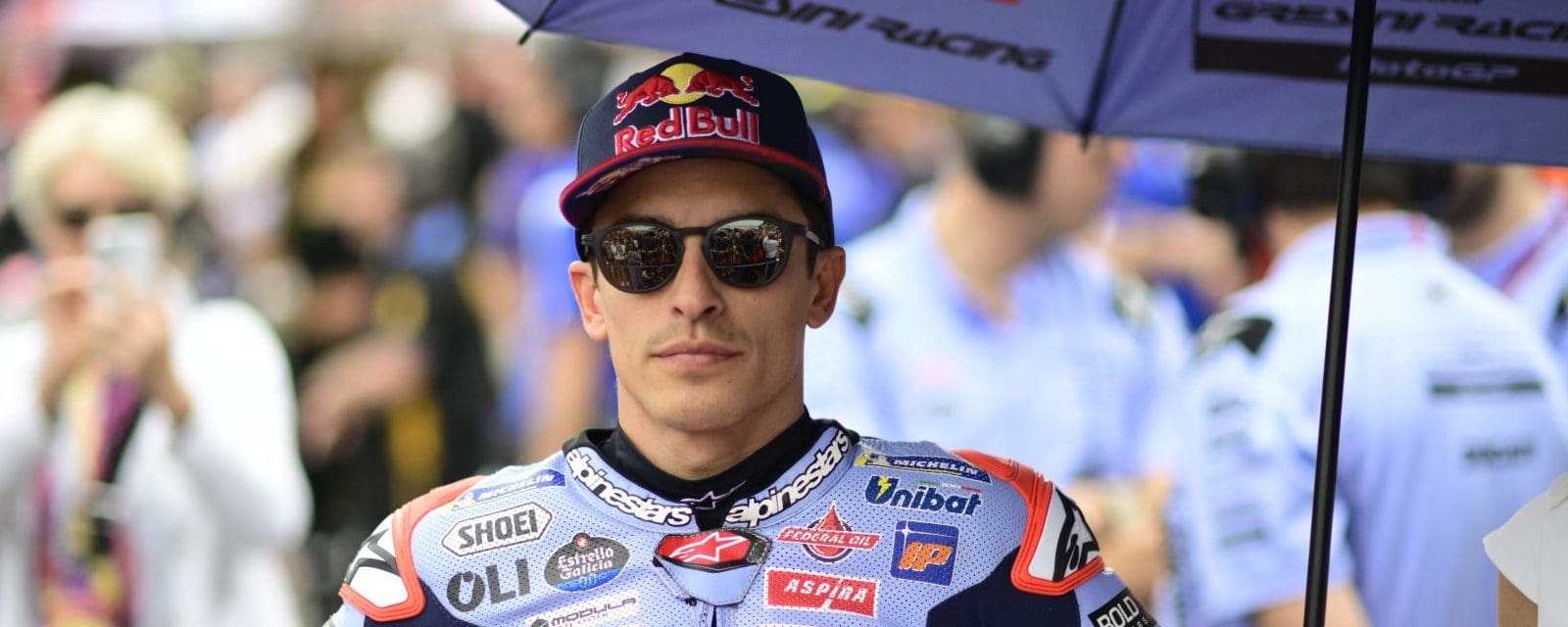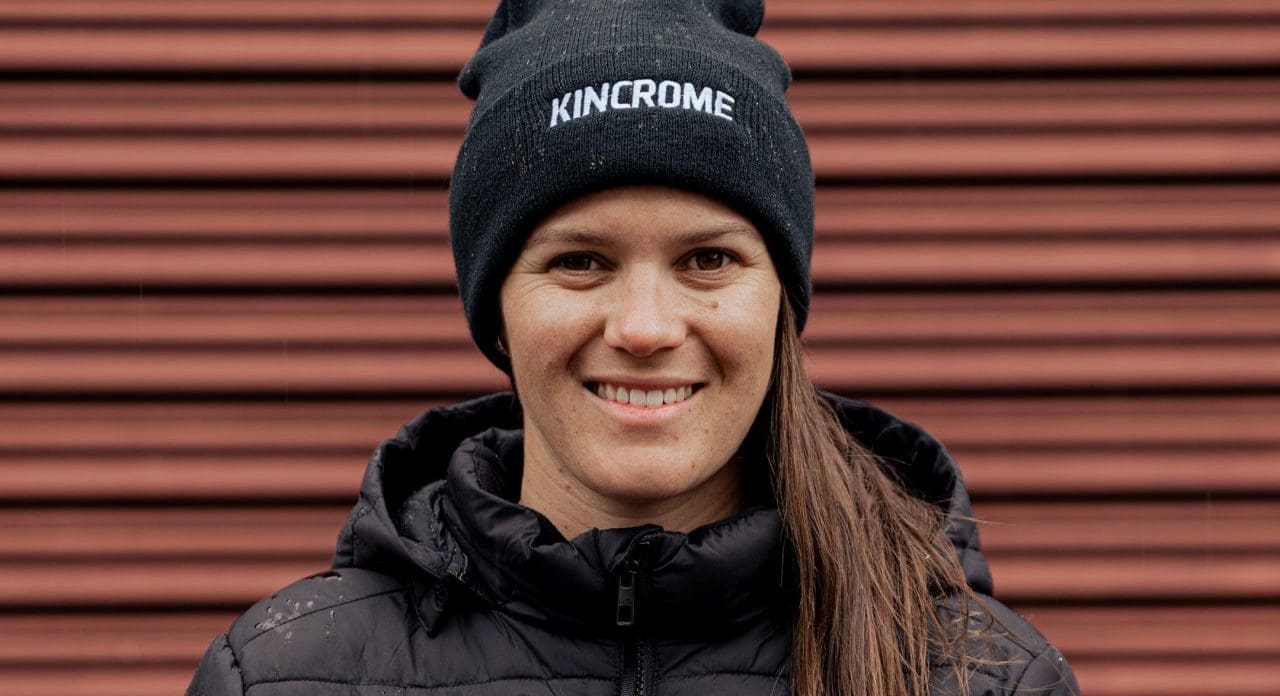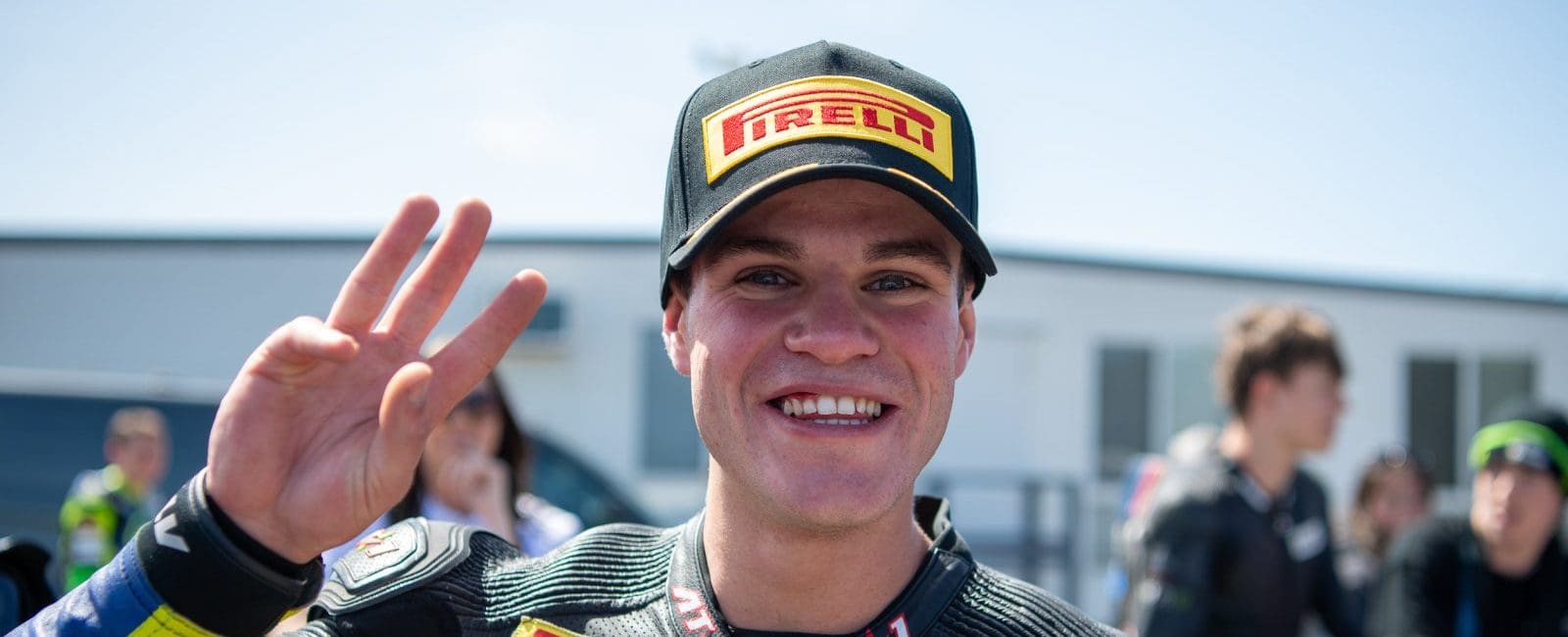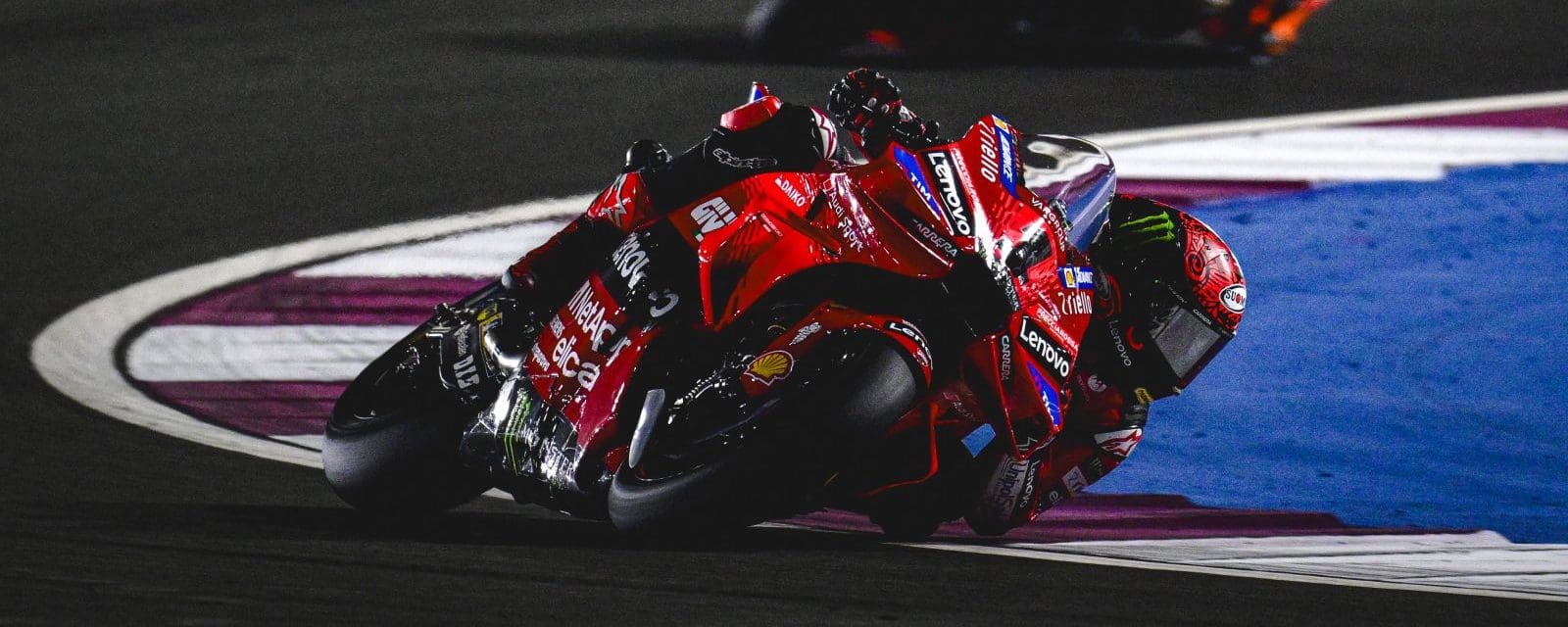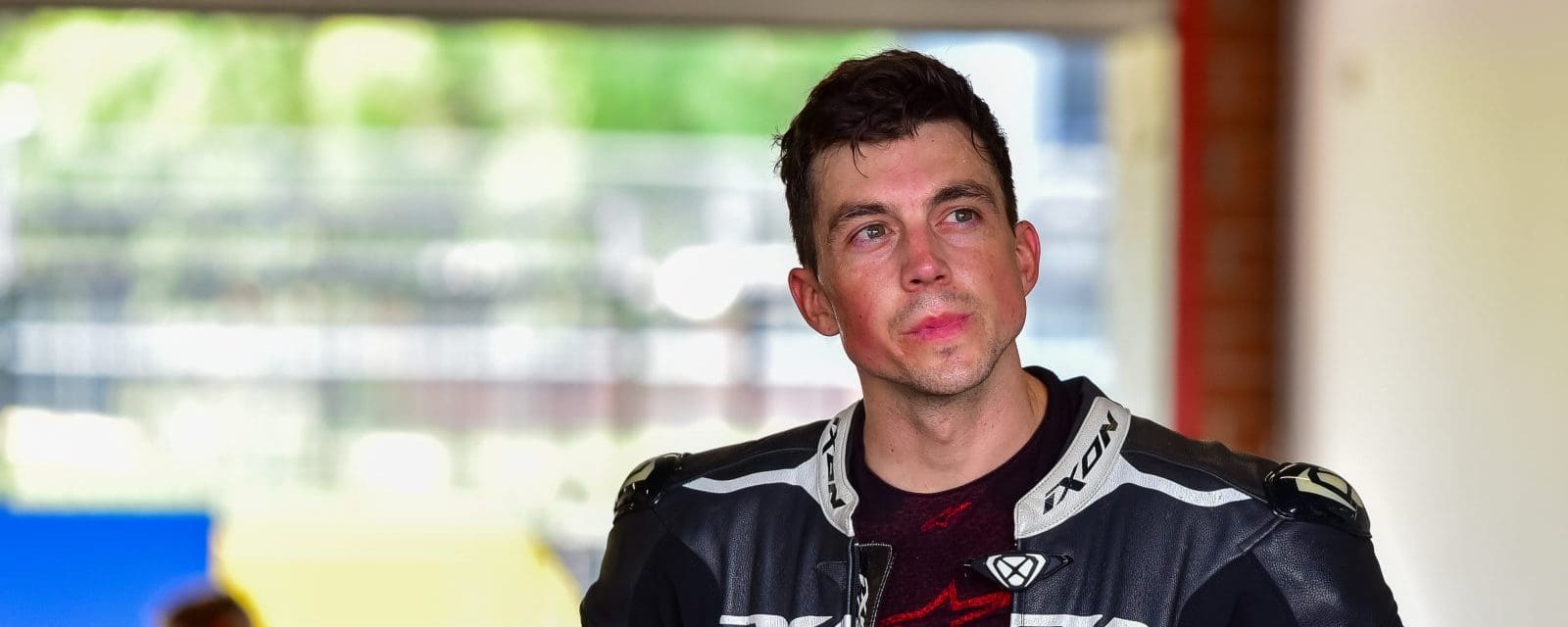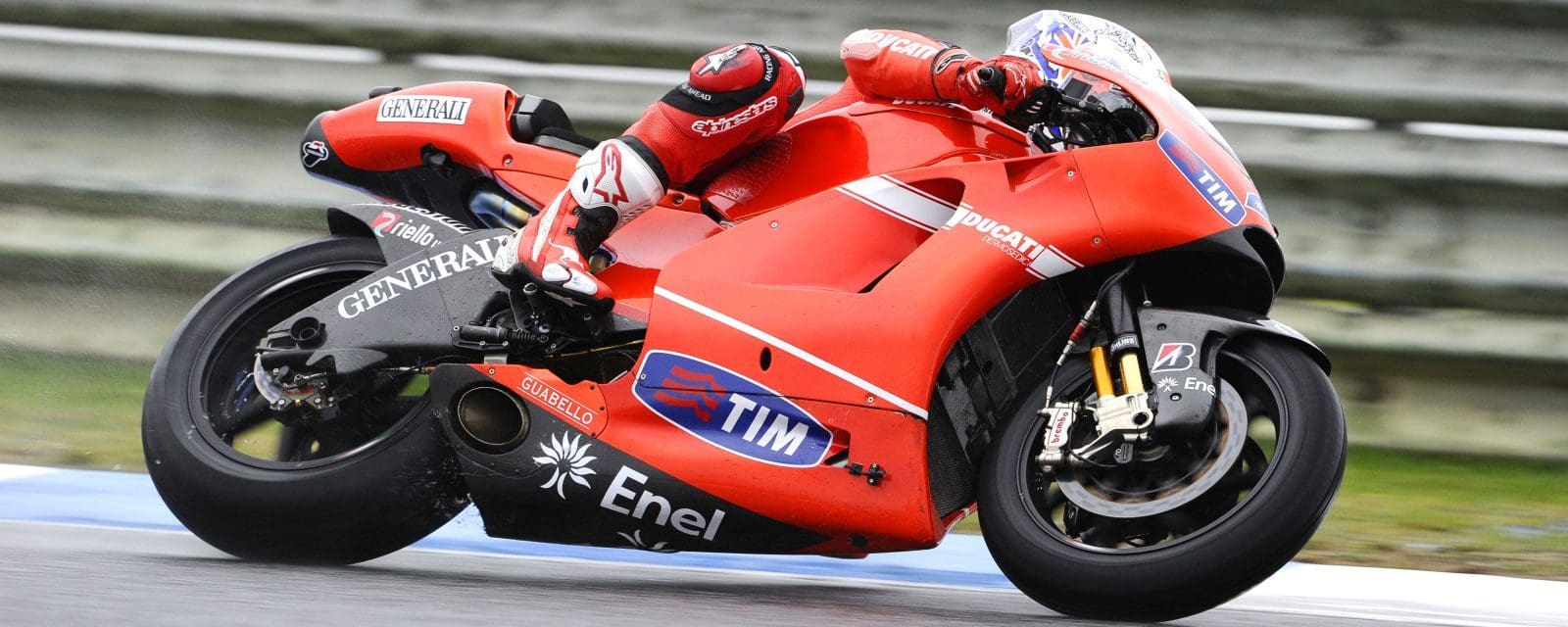Ah, the good old days. When racing was racing and riders were tough. Not like today’s pampered social-media celebs.
I was thinking about this at Misano, when it started raining on race day.
As usual there, resurfaced track notwithstanding, the circuit became just a bit slippery. As a result, there were quite a few crashes.
Eighty crashes, in fact, on race day, with those Moto3 scamps taking the lions’ share.
It brought the weekend’s total to 140. Which I think is a record, in a year of high achievement in this regard. The most so far had been 94 at Le Mans – swelled by 22 all in one go thanks to a Moto3 oil slick; then a relatively meagre 91 at Assen.
Misano has a bit of a history here. Back in those good old days, 1989, to be precise, the surface was even more dodgy – a patchwork quilt with poor drainage, scrubby run-offs, and a pack of heroes riding unruly 500cc two-strokes with a throttle response like the kick of a mantis shrimp.
As so often here, the weather was unpredictable. Some rain in practice had demonstrated that when wet, the track became pretty lethal. Instead of the usual 10 to 15 per cent decrease in lap times, they were (pointed out that year’s champion Eddie Lawson) more like 40 per cent slower.
The sequence of events was a role model for pure shambles.
The race was already late when it started spotting with rain on the sighting lap. As mechanics swapped tyres and brakes, Lawson and Randy Mamola led the factory riders out of the pits and back to their motorhomes. They would return in an hour to reassess conditions.
So they did, ran another warm-up lap, and all but a handful of privateers (remember privateers?) pulled into the pits. Eventually, with the crowd by now booing and hurling missiles, the race started one-and-a-half hours late.
It lasted four laps before it rained again, and Kevin Schwantz led everyone back to the pits as the red flags came out, as much to save the organisers’ red faces as anything, the riders having already made their own decision.
Much later, they did eventually run a shortened race, although all but two factory riders declined to start. The exceptions were Pier-Francesco Chili and his one-race team-mate, American Superbike champion Fred Merkel. Sponsored by HB cigarettes in an Italian-run team, they’d been ordered to break the strike, or else …
Merkel pulled in after a couple of laps, citing “clutch trouble”; Chili doggedly continued, pursued throughout by wide-eyed German privateer Michael Rudroff.
By the end, Briton Simon Buckmaster, on a second Honda production-racer triple, was ahead of the German, scoring a first and only rostrum for each, as they flanked a sombre Chili.
Frankie was in tears, looking ashamed rather than triumphant after his sole GP win, and was henceforth ostracised by the other factory riders. Then again, wallet bulging, he was crying all the way to the beach, where he later opened a high-style restaurant at nearby Misano.
Fast forward to 2017. Almost 30 years have passed, but the situation is not much different. The rain hit on Sunday morning, and the track became lethal. Some Moto3 riders fell off and remounted twice. Wasn’t much different in Moto2.
What would happen for the main race of the day?
It may be a sign of the times that there wasn’t even any talk of not racing. Not a hint of a riders’ protest of any kind.
Today’s heroes did what many thought yesterday’s should have done: they went out and raced. After all, the throttle goes both ways.
Are today’s racers braver? Less sensible? Paid so much they can’t afford to rebel …?
All of these things, perhaps. Plus nowadays they have air-bags in their leathers.
